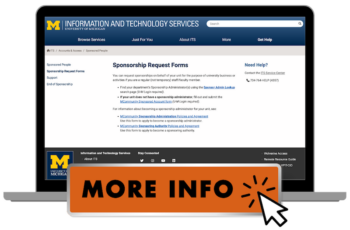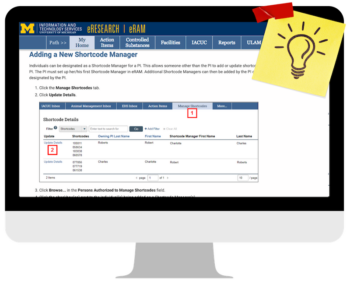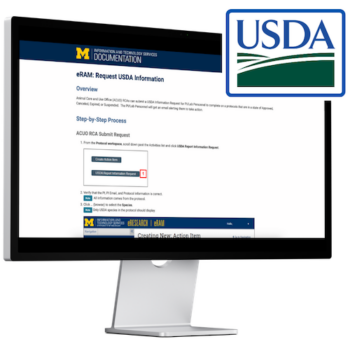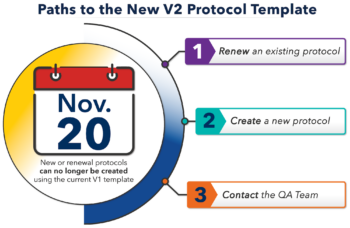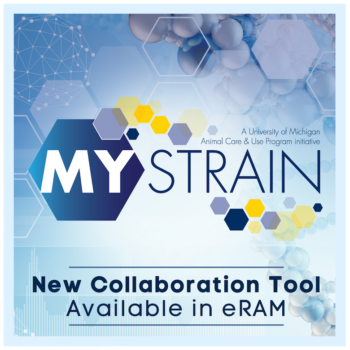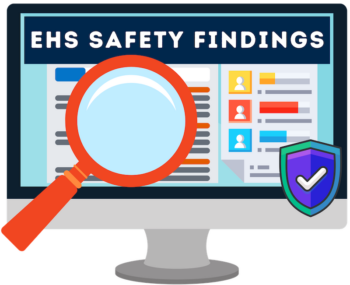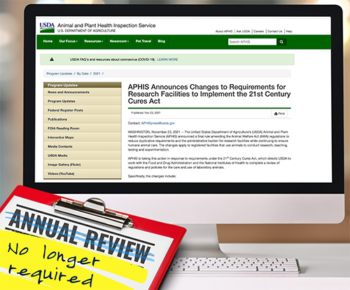Security Upgrade Impacts eRAM Users Who Log In with a U-M Friend Account
To strengthen system security, effective April 13, all eRAM users must use a U-M uniqname and UMICH (Level-1) password to log in. Friend Accounts (those who use an external, non-UM email address) will no longer be permitted. This change should affect very few eRAM users. If a non-UM user requires access to eRAM, then an existing eRAM ...
